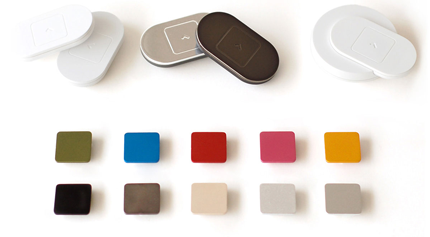No Result Found!
TRENDING SEARCHES
Recently Viewed

Lumo sensors. From Lumo.